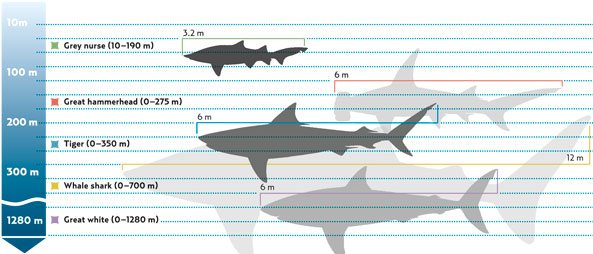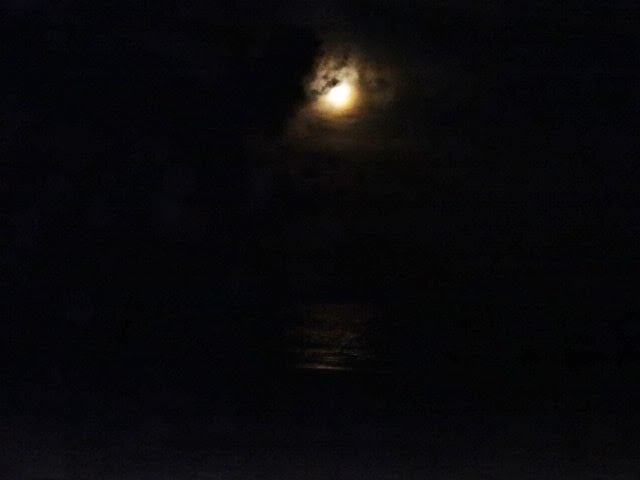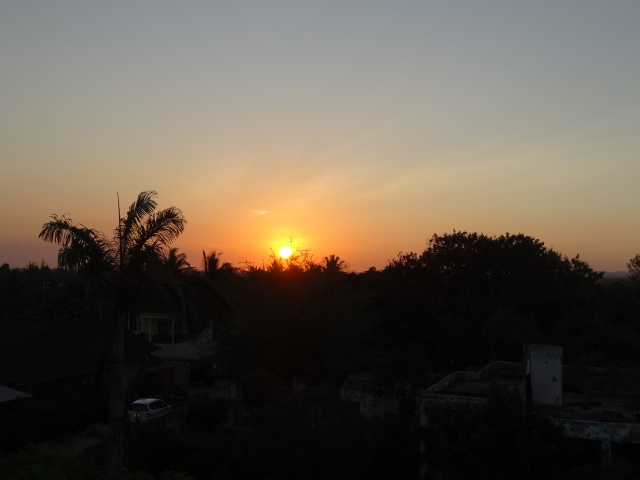 |
| When we visited friends Kathy and Don in Pretoria, South Africa, one year ago, we visited this monument, the Voortrekker Monument, an unusual-looking structure located in Pretoria, South Africa. When I walked up all these steps (not all steps we tackled are shown in the photo) without getting out of breath or having any health issues. A little over a month later, I had open-heart surgery with three main arteries 100% blocked. Who knew? For more photos from this date, please click here. |
Let’s face it, many of the patrons of restaurants in the area are seniors, based on varying stats online from several sites, none of which I will quote based on this variable.
But, overall, it appears approximately 25% or more of the population of Arizona consists of “snowbirds,” those who migrate to the state during the colder winter months from other parts of the US and other countries.
Some have moved here to live year-round, even with the sweltering summers in the Arizona desert. Some have chosen to live in cooler summer temperatures, such as stated here from this news article at this site:
“When the temperatures heat up in the Valley, many head north to escape the heat, but where is the coolest place to go?
Let’s start with a popular destination, Flagstaff. On average, in July, the afternoon high temperatures are 25 degrees cooler compared to Phoenix. In perspective, the average high temperature in Phoenix during July is 106 degrees, while Flagstaff comes in at a cool 81 degrees.
While Sedona is also a popular place to escape the heat in the Valley of the Sun, it is on average only about 10 degrees cooler compared to Phoenix.
So where is one of the coolest places in Arizona to go to escape the heat? That would be Greer, coming in with an average high temperature for July of only 76 degrees!
That is, on average, 30 degrees cooler than Phoenix.
Here are a few other northern Arizona locations, along with their average high temperatures during the month of July:
Grand Canyon: 86°
Holbrook: 93°
Payson: 91°
Prescott: 89°
Show Low: 86°
Williams: 83°
Winslow: 95°”
Here are the average temperatures in Apache Junction during the summer months:
Photo from one year ago today, January 8, 2019:
 |
| Exquisite paintings and tapestries lined a number of walls at The Voortrekker Museum. For more photos, please click here. |





































































































